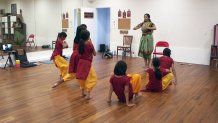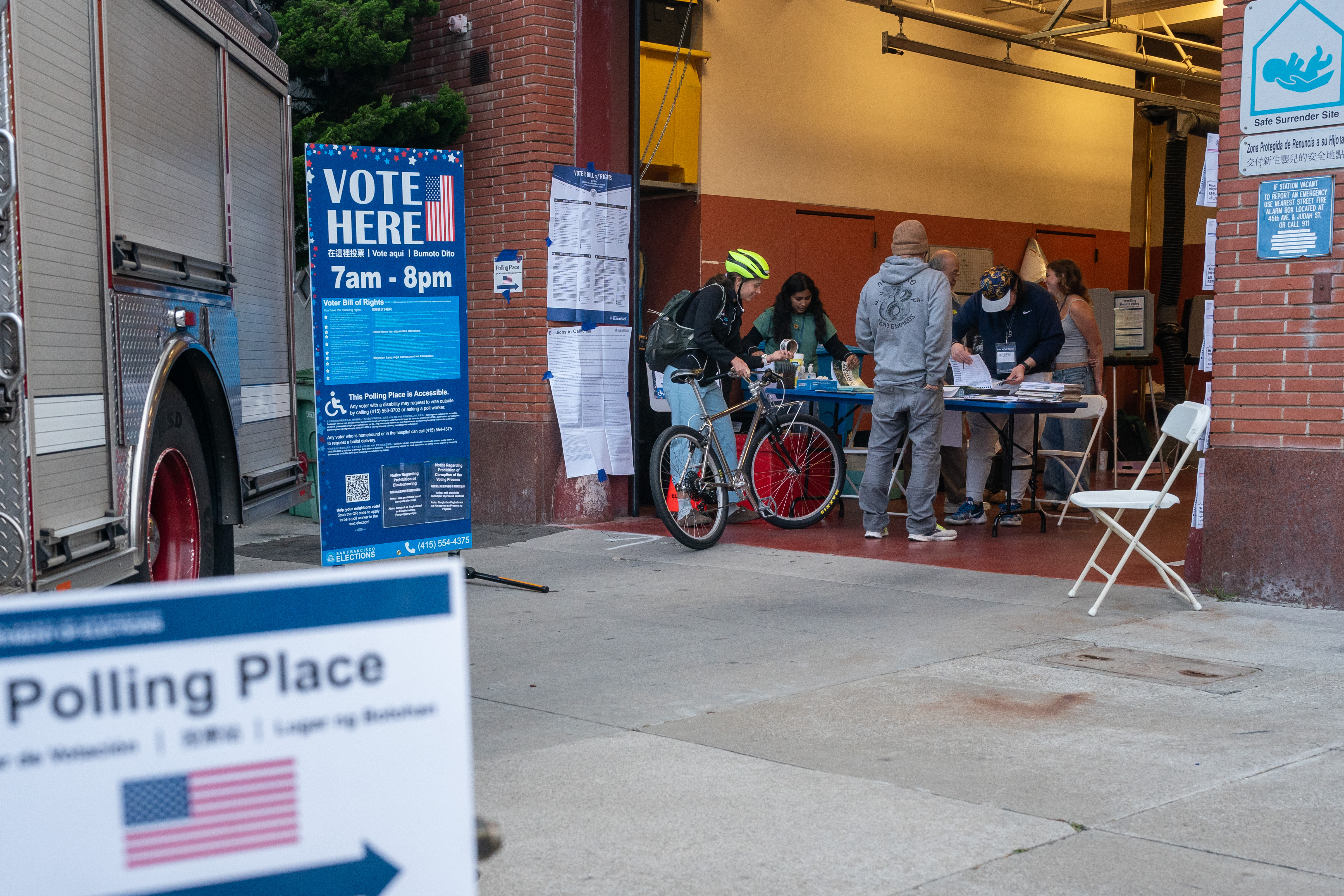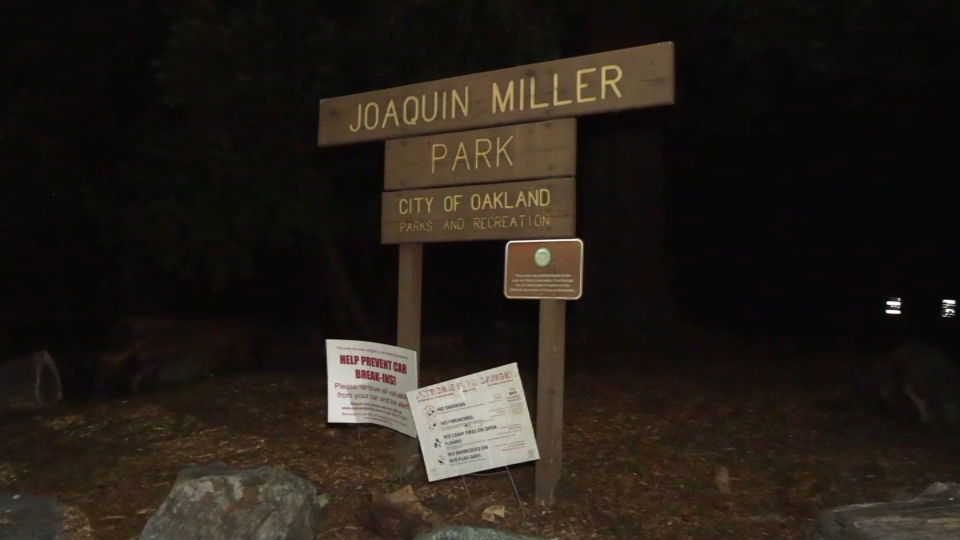In her Sunnyvale garage-turned-dance studio, Nitya Narasimhan leaned into her music player, sending a cascade of Indian music bounding through the room’s speakers and across the polished wood floors — and began dancing.
It’s a passion that Narasimhan has nurtured since she was four years old growing up in Bangaluru and Chennai in Southern India. Her family moved often, but the dancing — a classical form of South Asian dance called bharatanatyam — always followed.
“Everywhere I went my parents had like two duties,” Narasimhan laughed, “one was to find me a new school and they had to find me a new dance class.”
The bharatanatyam dance is a cantata of jumps and leaps, fast movements with percussive foot stomps — emotion is conveyed with facial expressions, all on display as Narasimhan practiced in her Sunnyvale studio.
It’s a scene that Narasimhan once thought unlikely, after parting ways with dance earlier in life to pursue higher education in India - following that path into the practical career of software developer.
But no matter how far she waded into the world of code, it was always dance that lit up her spirit.
“Slowly I began to realize this is what I’m meant to do,” she said. “I think I can distinctly remember that when dance is a big part of my life how happy I am.”
Narasimhan returned to dance professionally, choreographing and performing across India. When her husband took a job in the U.S. Narasimhan brought her love of classical dance to her new home in the South Bay.

She realized she could spread bharatanatyam exponentially if she could also teach it — which is how the garage was sacrificed for the need of a proper dance space. Several times a week, Narasimhan fills the room with groups of dance students, from elementary school kids to adults, all aspiring to learn a dramatic art form from the old country.
Get a weekly recap of the latest San Francisco Bay Area housing news. Sign up for NBC Bay Area’s Housing Deconstructed newsletter.
Local
The majority of her students are first or second generation Indian, seeking to embrace a piece of culture their parents grew-up with. On a recent day, Narasimhan prowled the studio keeping time on a woodblock as a group of students wearing crisp matching red blouses and baggy yellow pants followed her instructions.
“It’s pretty important because we have a lot of festivals where you have to dance for it,” said Anika Subbiah, a South Bay elementary school student who studies dance with Narasimhan. “My mom did it too, she did the same dance.”
The pandemic threw a wrench into Narasimhan dance momentum, with performances and travel to India cut-off — but it also revealed a new teaching tool. With the world shut down, Narasimhan began offering virtual dance classes which proved a silver lining. The virtual world allowed her to earn a living while continuing to spread her love of dance.

“There was a lot of learning that was happening virtually,” she said, “because suddenly you have access to a wealth of knowledge online.”
Also during the pandemic, Narasimhan gave birth to a child — and a new arts organization called Prayukti Arts, which is a new nonprofit aimed at fostering South Asian arts in the Bay Area.
“We’re trying to curate platforms for artists like other South Asian artists,” Narasimhan said, “and try to give them a platform not to just engage and perform but to go deeper into their art forms.”
As she takes her own choreography and performances to a new level, Narasimhan is straddling two worlds; her native India and her adopted world in the U.S. — spreading her unique sense of dance in both. The culture of her native India is etched on her DNA - and follows her wherever she ends up.
“The culture is just a part of me,” she said, “so I can’t separate myself from it a lot of times.”
As she dances, or watches others dance her choreography or follow her teachings, Narasimhan is reminded of the times where she and her dancing strayed apart. It was that period of separation that revealed just how much dance meant to her.
“I never thought that this is what I would do for a living,” she said. “I think for me I just need it to be a big part of my life.”



